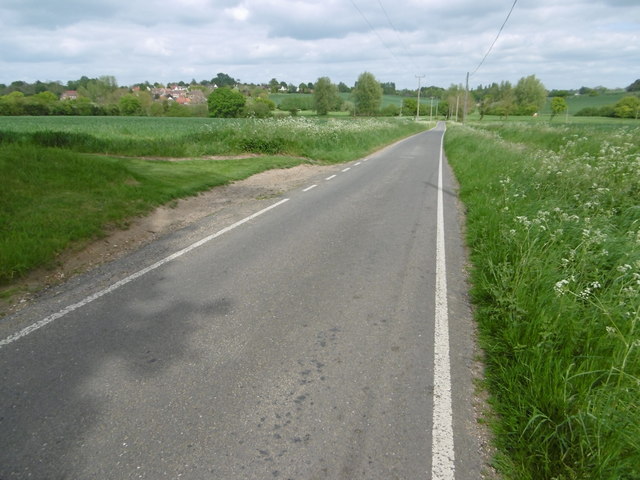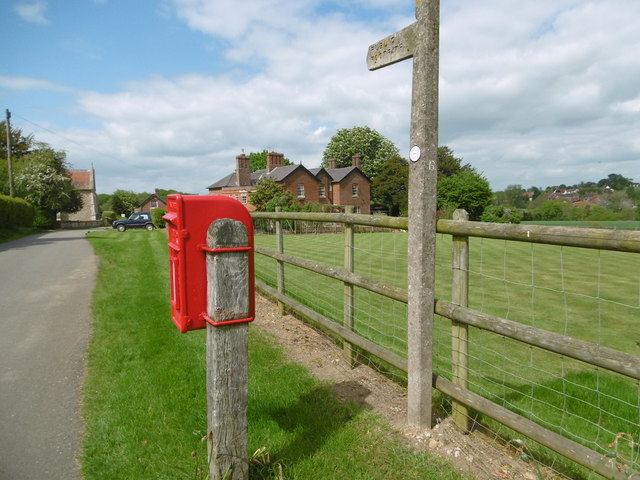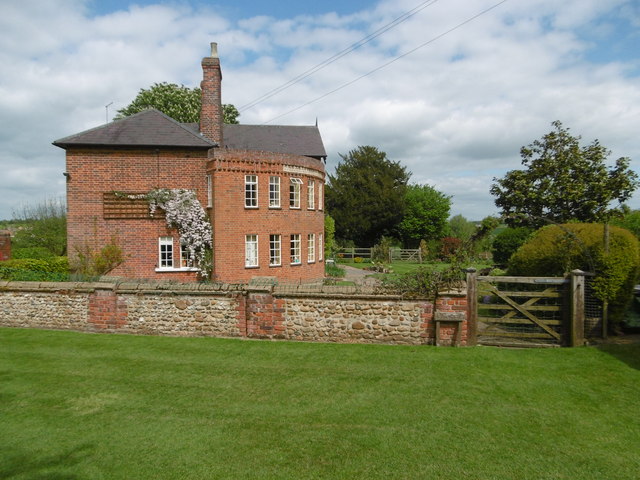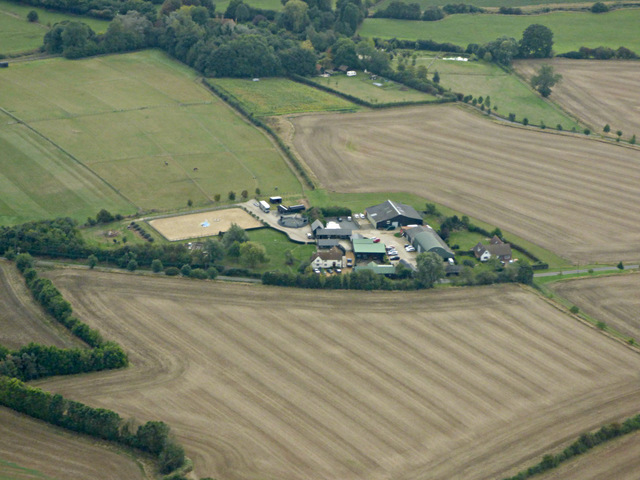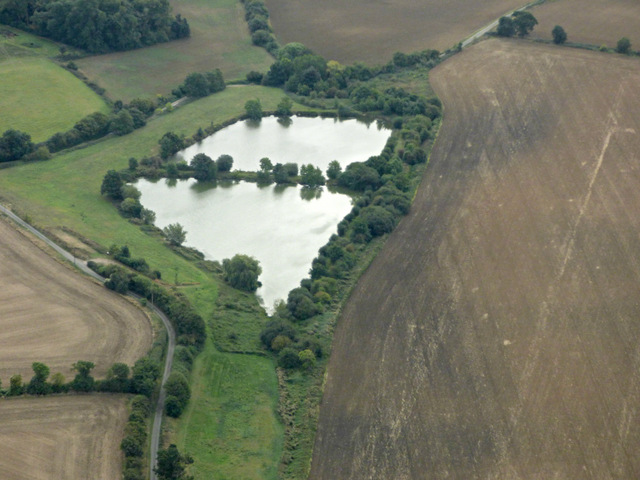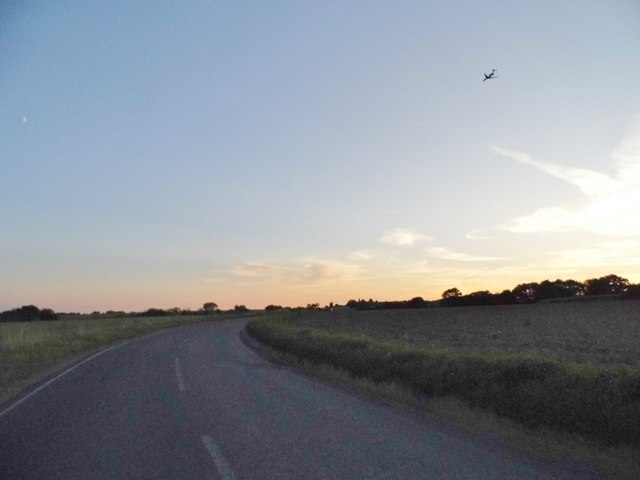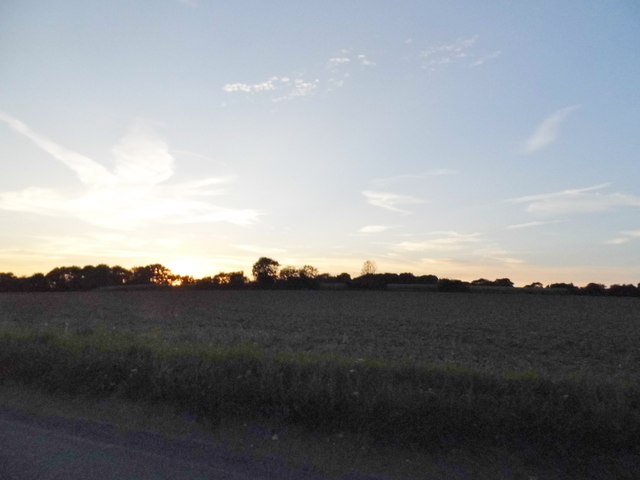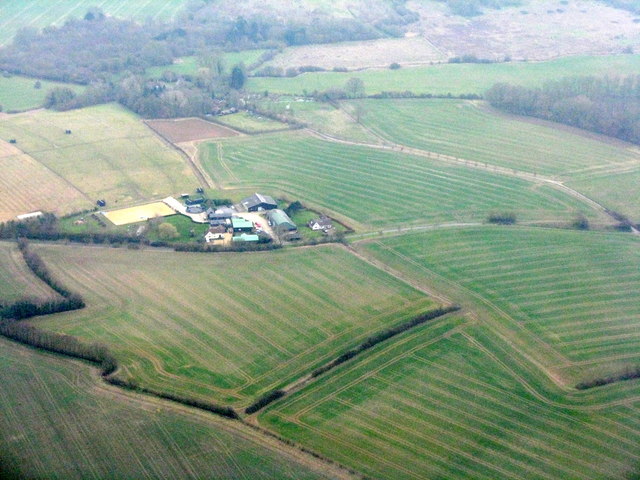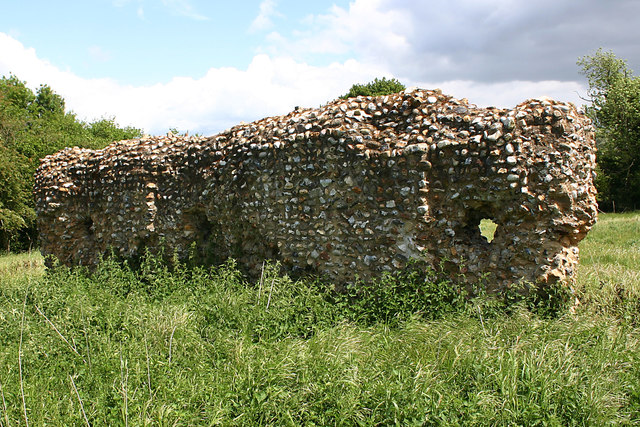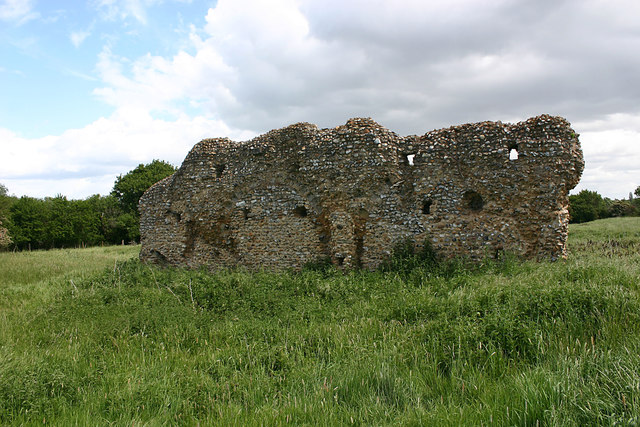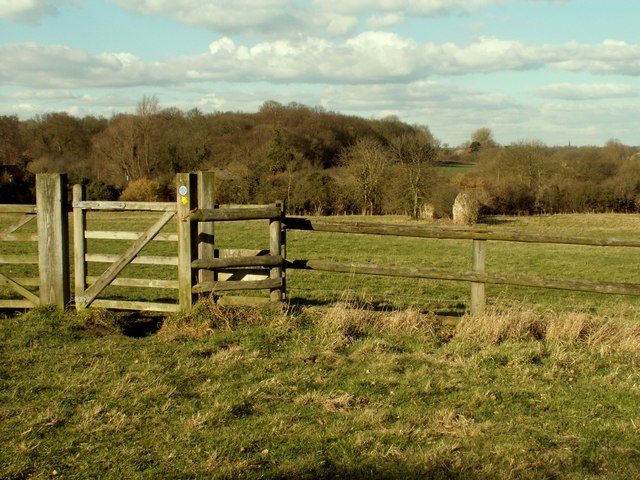Armigers
Settlement in Essex Uttlesford
England
Armigers
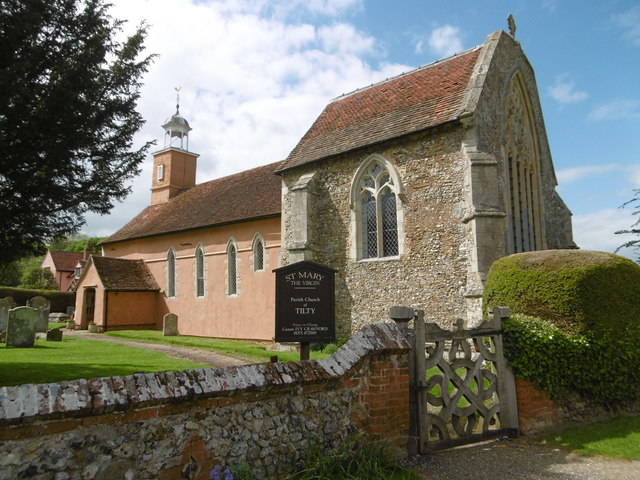
Armigers is a small village located in the county of Essex, in the eastern part of England. Situated approximately 20 miles northeast of Chelmsford, the village falls within the administrative boundaries of the district of Uttlesford. With a population of around 500 residents, Armigers retains a close-knit and friendly community atmosphere.
The village is surrounded by picturesque countryside, characterized by rolling hills and lush green fields, providing residents with a tranquil and idyllic setting. Armigers is known for its charming architecture, with many traditional cottages and historic buildings that date back several centuries. The village church, dedicated to St. Mary, is an architectural gem and serves as a focal point for the local community.
Despite its small size, Armigers offers a range of amenities to its residents. The village boasts a primary school, providing education for local children, as well as a village hall that hosts various community events and gatherings. For those seeking outdoor activities, the surrounding countryside provides ample opportunities for hiking, cycling, and exploring nature.
While Armigers itself may not have extensive commercial facilities, the nearby towns of Great Dunmow and Saffron Walden offer a wider range of shops, restaurants, and services. The village benefits from good transport links, with regular bus services connecting Armigers to neighboring towns and villages, and the nearby M11 motorway providing convenient access to London and other major cities.
Overall, Armigers is a charming and tranquil village in the heart of Essex, offering a peaceful and close-knit community, beautiful countryside surroundings, and easy access to nearby amenities.
If you have any feedback on the listing, please let us know in the comments section below.
Armigers Images
Images are sourced within 2km of 51.92781/0.31103378 or Grid Reference TL5928. Thanks to Geograph Open Source API. All images are credited.

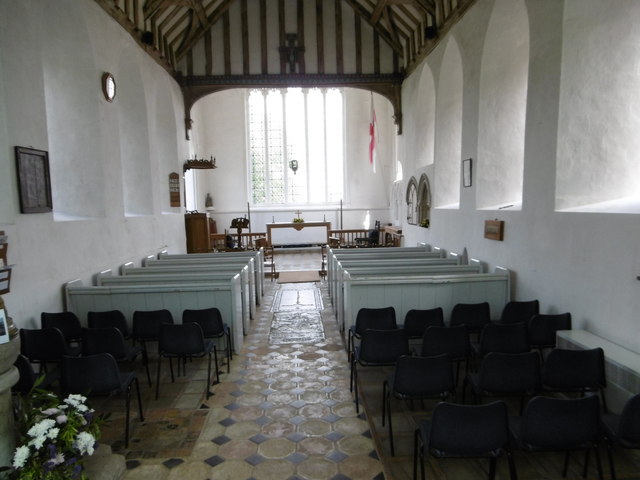
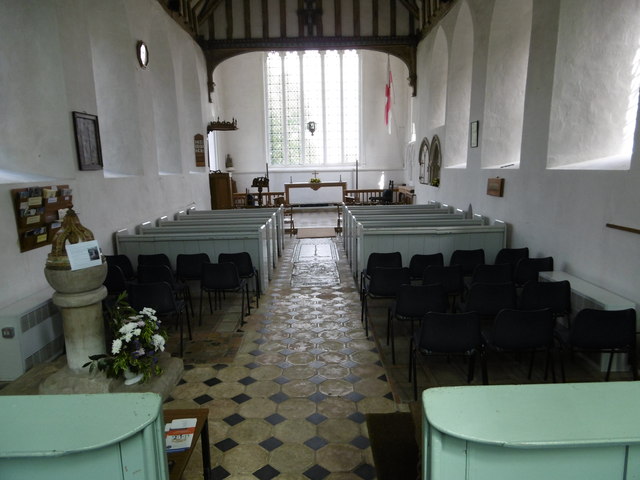
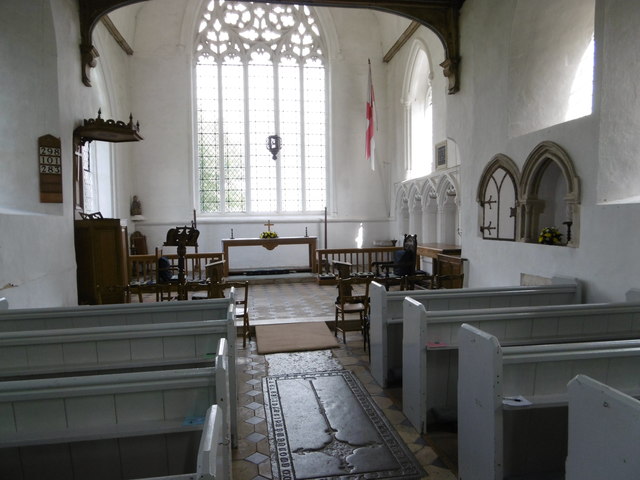
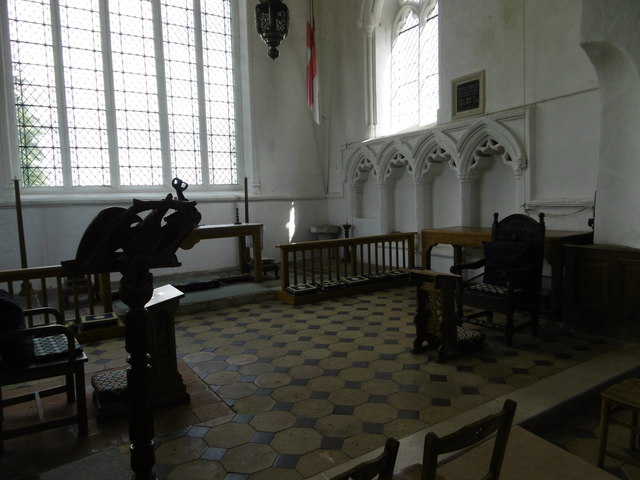
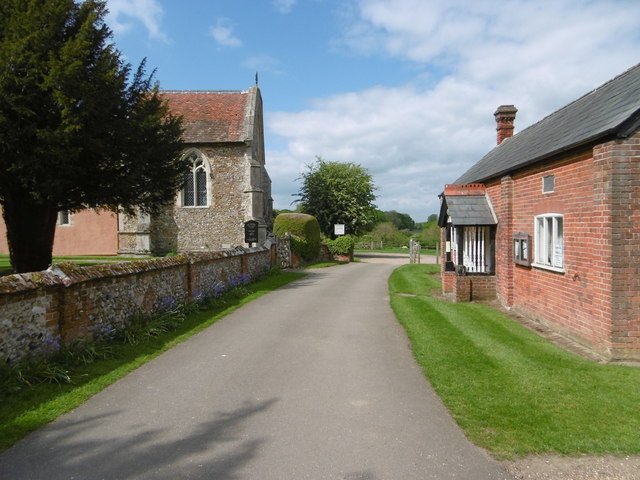
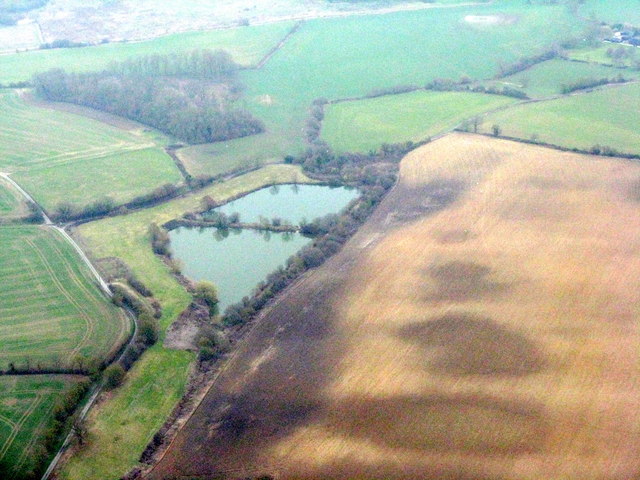
Armigers is located at Grid Ref: TL5928 (Lat: 51.92781, Lng: 0.31103378)
Administrative County: Essex
District: Uttlesford
Police Authority: Essex
What 3 Words
///duties.proofs.passions. Near Thaxted, Essex
Nearby Locations
Related Wikis
Armigers, Essex
Armigers is a hamlet on the B1051 road in the Uttlesford district of Essex, England. It is located midway between Thaxted and Broxted.
Horham Hall
Horham Hall may refer to the timber-framed late mediaeval hall in Thaxted, England, or to the brick hall built in its place by Sir John Cutte (died 1520...
Broxted
Broxted is a village and civil parish in the Uttlesford district, in the county of Essex, England. It is situated 11 km (6.8 mi) north-east from Bishop...
St Mary's Church, Chickney
St Mary's Church is a redundant Anglican church in the parish of Chickney, Essex, England. It is recorded in the National Heritage List for England as...
Tilty Abbey
Tilty Abbey was a Cistercian abbey in Tilty, Essex, England. It was dissolved 3 March 1536. The chapel, with a nave built circa 1220, became a parish church...
Chickney
Chickney is a village and civil parish near Broxted and southwest of Thaxted, in Uttlesford, Essex, England. The parish borders Broxted, Debden, Henham...
Tilty
Tilty or Tylsey is a village and a civil parish in the Uttlesford district, in the county of Essex, England. In 2001 the population of the civil parish...
Cutlers Green Halt railway station
Cutlers Green Halt railway station was a station serving the hamlet of Cutlers Green, Essex. It was located 4 miles 52 chains (7.48 km) from Elsenham station...
Nearby Amenities
Located within 500m of 51.92781,0.31103378Have you been to Armigers?
Leave your review of Armigers below (or comments, questions and feedback).
